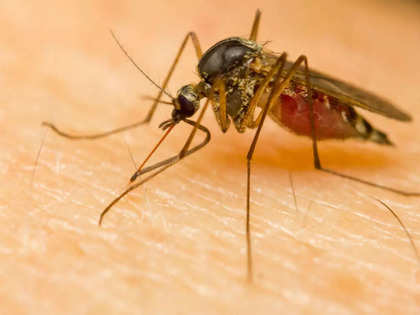Zika Virus Surge in Maharashtra
The Zika virus has emerged as public health concern in Pune district, Maharashtra. In 2024, Pune accounted for 125 out of 151 confirmed cases of Zika reported across India. This spike in cases has attracted attention from health authorities and the World Health Organization (WHO). The WHO confirmed that no severe complications such as microcephaly or Guillain-Barré syndrome (GBS) have been linked to these cases in India.
How is Zika Virus Transmitted?
- Zika virus is primarily transmitted through the bite of infected Aedes mosquitoes.
- These mosquitoes are prevalent in tropical and subtropical regions.
- The virus can also be transmitted from mother to child during pregnancy.
- Other transmission routes include sexual contact, blood transfusions, and organ transplants.
- Awareness of these transmission methods is crucial for prevention.
Current Situation in India
- In 2024, Maharashtra reported the highest number of Zika cases in India.
- It had 140 confirmed cases, with Pune being the epicentre.
- Other states like Karnataka and Gujarat reported fewer cases.
- The rise in cases is alarming compared to previous years.
- Maharashtra had only one case in 2021, three in 2022, and 18 in 2023.
Health Surveillance and Government Response
The Government of India has intensified health surveillance in response to the rising Zika cases. An advisory was issued on July 3, 2024, urging states to enhance monitoring efforts. The Integrated Disease Surveillance Programme (IDSP) is overseeing the situation, focusing on pregnant women due to the risks of transmission to unborn children.
Global Context and Historical Background
- Zika virus was first identified in rhesus macaque monkeys in Uganda in 1947.
- It later infected humans in Africa during the 1950s.
- India reported its first case in Gujarat in 2016.
- Since then, outbreaks have occurred in various states, although severe complications like microcephaly have not been reported in India.
Public Awareness and Reporting Challenges
The WHO has noted that the actual number of Zika cases may be underreported. Between 60 and 80 percent of infections are mild or asymptomatic. Variability in awareness among healthcare providers can lead to underreporting. Increased public awareness and better reporting mechanisms are essential for managing the Zika threat effectively.
Month: Current Affairs - February, 2025
Category: Environment Current Affairs







